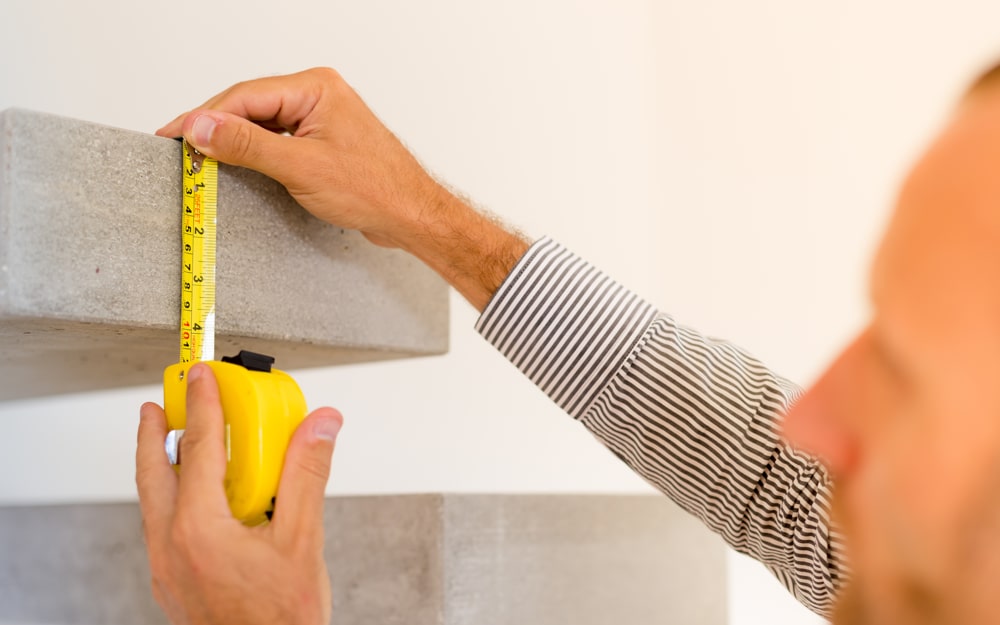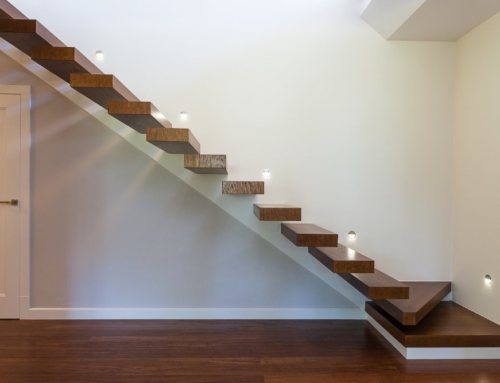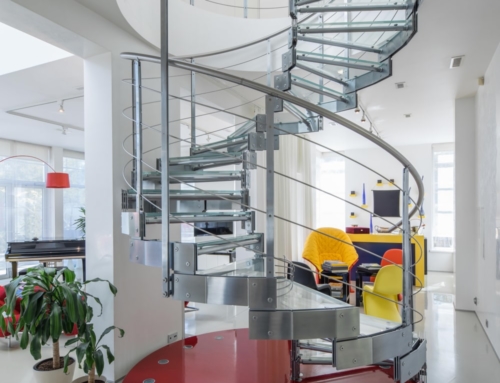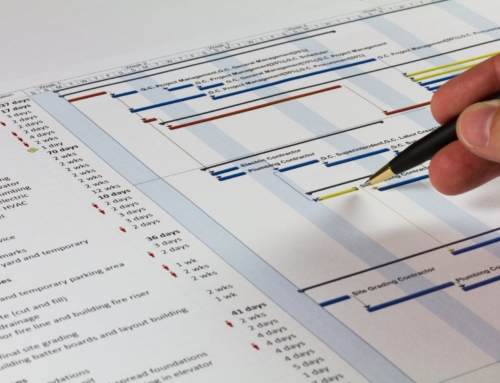One of the most important parts of any staircase design is its size. Getting it right is essential, whether you’re looking to move a staircase, renovate an existing one or plan a new build. Luckily, when it comes to staircase sizing, we’ve got you covered.
Read on for all our top tips on planning the size of your new staircase to perfection.

Why is staircase sizing so important?
Staircases are usually a central part of the home, from the way they look to their practical role in how you move about the property.
Staircase size should be one of the first things you look at when developing your plans, affecting everything from the project budget to the space available in the room.
There’s sometimes limited space for the stairs, so working out everything from the configuration to the size of individual elements is essential. This ensures the design won’t be too imposing in the space while remaining safe and practical. Some people even like their staircase to become a focal point, such as helical design built in a large entrance hall.
How is the size of a staircase calculated?
Your staircase architect will calculate the exact size of each element of your staircase, so this isn’t something you need to worry about. However, it can be helpful to know what’s involved so that you take this into consideration when planning your home renovation or building project.
For example, the total rise measurement will be required to work out how much space there is from one floor to the next. This figure will then be used to determine how many treads will fill the space.
All sizing will need to meet UK Building Regulations. This includes private staircases having a maximum rise and minimum going of 220mm and a maximum pitch of 42 degrees. You can find a full list of requirements in Approved Document K.
What about staircase configuration?
The staircase configuration will also need careful planning to make the best use of the space. The design needs to fit in with your interiors and ensure the size of the stairs doesn’t become an issue.
Many households want a simple straight staircase, whereas others prefer to create L-shaped or U-shaped stairs with extra landing points to change the direction of the design midway.
Do staircase materials matter?
Yes! Staircase materials can have a significant impact on staircase sizing, ensuring the structural stability of the stairs as well as how much space is required for the build. For example, if you’re designing an extra-wide staircase, you may want to consider a thicker material (e.g. stone or concrete) for the treads to maximise the aesthetical benefits as well as the functional ones.
Expert staircase designs – get started
If you’d like to work with a knowledgeable staircase design company, speak to DDC London. We work across the South East of England, coming out to locations such as Belsize Park and Chiswick to help families and housebuilders design and construct their ideal staircases.
If you’d like to arrange a no-obligation consultation, call now on 020 8004 9635 or send a message to sales@ddclondon.co.uk.




